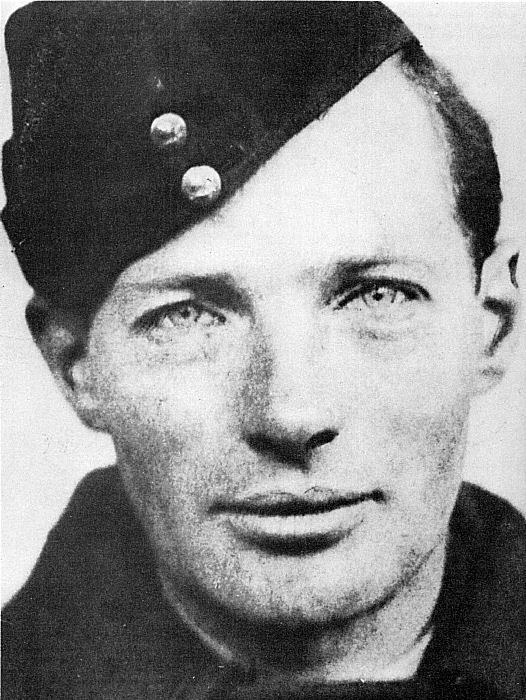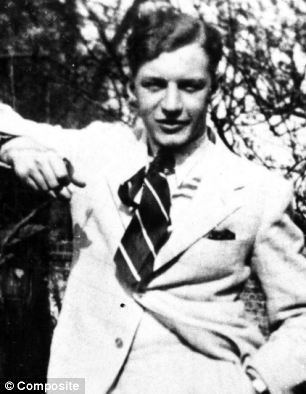Cause of death Hanging Victims Four (possibly six) Conviction(s) 27 April 1942 | Role Serial Killer Occupation Military serviceman Name Gordon Cummins | |
 | ||
Born 1914 York, England Other names The Blackout RipperThe Blackout Killer Died June 25, 1942, Wandsworth, London, United Kingdom | ||
Criminal penalty Death by hanging Criminal status Capital punishment | ||
The Blackout Ripper | World War True
Gordon Cummins The Blackout Rippers Murder Weapons
Gordon Frederick Cummins (18 February 1914 – 25 June 1942) was a British spree killer, convicted for the killing of 4 women in London over a six-day period in February 1942, during World War II. Cummins, a Royal Air Force serviceman during World War II, was known as the Blackout Killer or Blackout Ripper due to a comparison to Jack the Ripper, as both killers mutilated their victims.
Contents
- The Blackout Ripper World War True
- Gordon Cummins The Blackout Rippers Murder Weapons
- Background
- Murders
- Arrest and trial
- References
Background
Gordon Frederick Cummins was born in York, England, the son of John Cummins and his wife Amelia. He married a theatre producer's secretary in 1936, and was a Leading aircraftman in the Royal Air Force (RAF), where he was nicknamed The Count because of his claims to have noble heritage. Cummins had volunteered to retrain for aircrew duties and had been posted to the RAF ACRC (Aircrew Reception Centre) in Regents Park, London. There, serving members of the RAF and new recruits were assessed for training, and this intake ran from 2 to 25 February when trainees were posted to ITW (Initial Training Wing) at home for three months ground training before commencing flying training, or to Blackpool prior to going overseas for training. At the time of his arrest, Cummins had neither a previous criminal record nor a known history of violence.
Murders

While in London for the Royal Air Force training course, Cummins took advantage of the city's night-time blackout conditions to kill four women and attempt to murder two others over six days in February 1942.
Arrest and trial
When the attacker of Greta Hayward was scared off by the arrival of a delivery boy, he had left behind his RAF-issued gas mask case. The gas mask container had the service number 525987 on the side, identifying it as belonging to Cummins. He was arrested on 16 February, two days after the last attack, and when his quarters were searched various items belonging to his victims were found. His fingerprints were also found in two of the flats where the killings took place, and his fingerprints also matched those found on the can opener used to mutilate Evelyn Oatley.
Cummins's trial for the murder of Evelyn Oatley began on 24 April 1942 at the Old Bailey, with Denis Nowell Pritt KC, the Member of Parliament for Hammersmith North, acting in his defence. However, due to a legal technicality, the trial had to be restarted with a new jury on 27 April, the defence now being undertaken by Mr J Flowers. The evidence against Cummins was conclusive and, after a one-day trial, the jury took just 35 minutes to find him guilty of the four murders, and he was sentenced to death by hanging. An appeal in early June 1942 was dismissed, and he was executed by Albert Pierrepoint on 25 June 1942 at Wandsworth Prison, during an air raid.
Charges for the other three murders remained on the file, and Scotland Yard later claimed that Cummins had probably murdered two more women during air raids in London earlier in October 1941. The foremost fingerprint expert of the day, Detective Chief Superintendent Frederick Cherrill, was instrumental in proving the case against Cummins.
